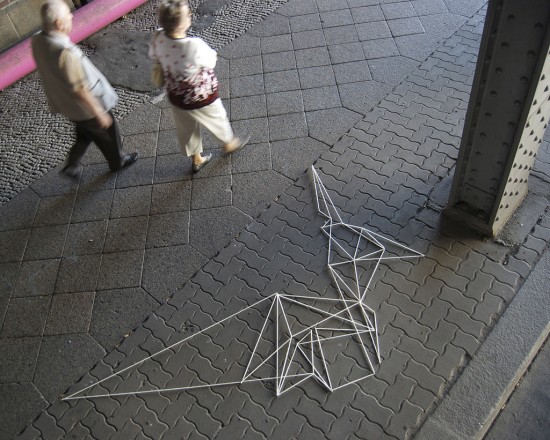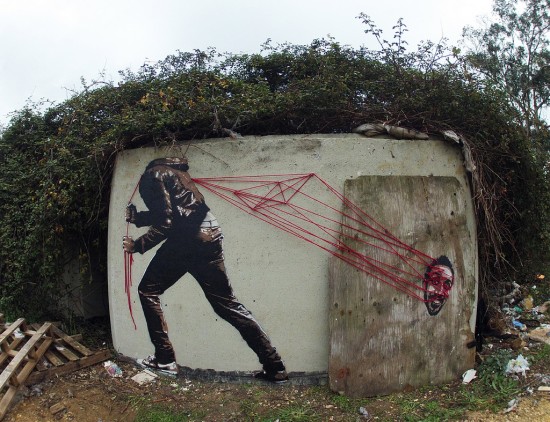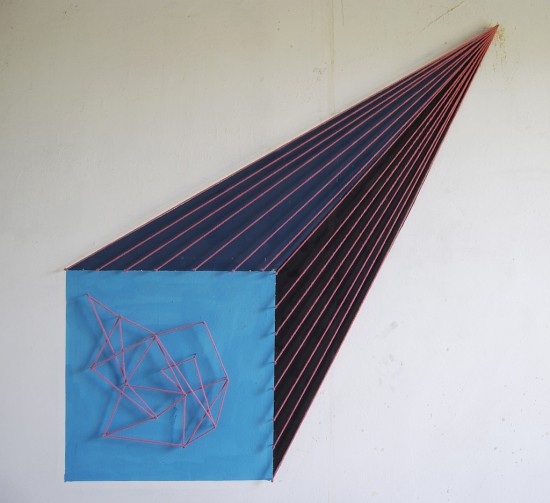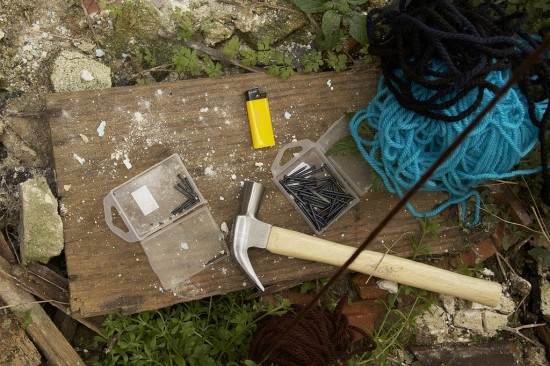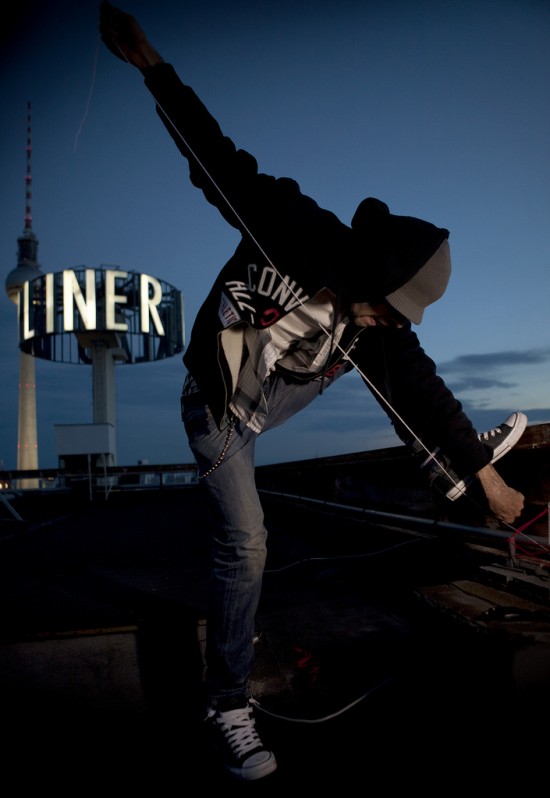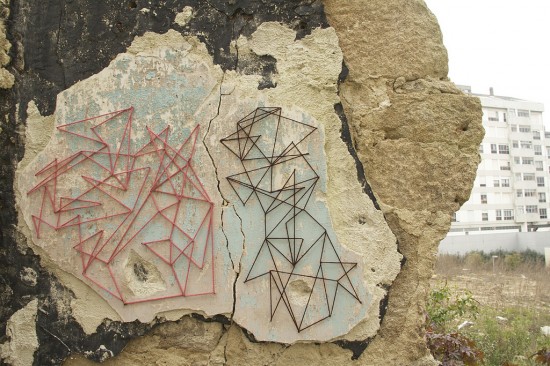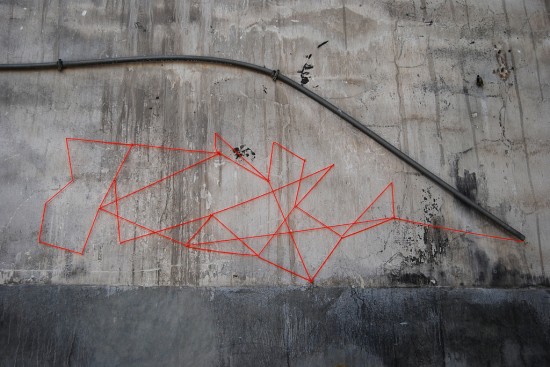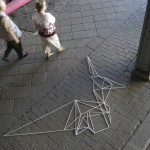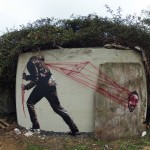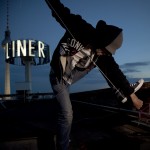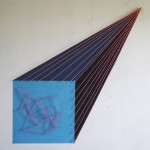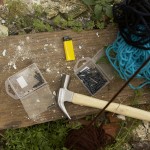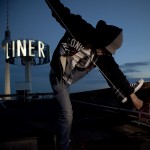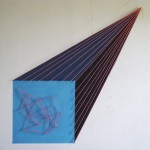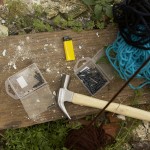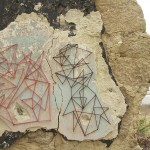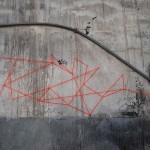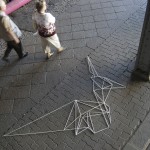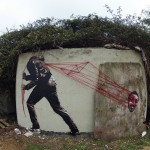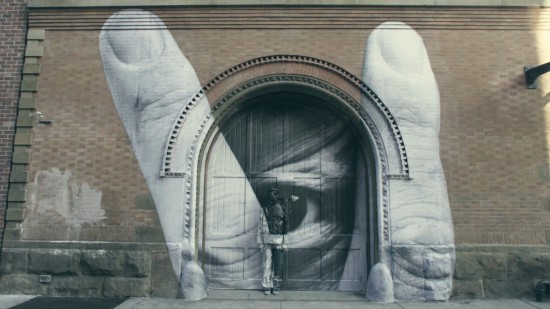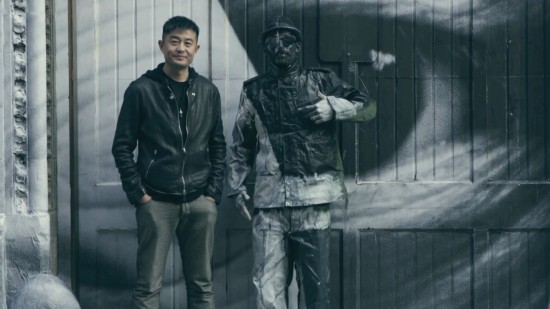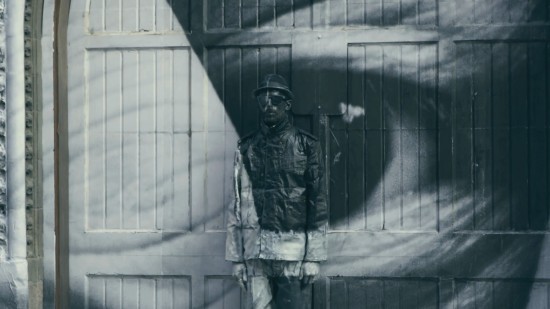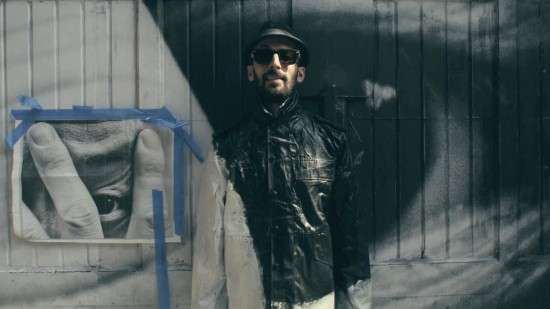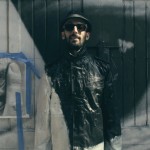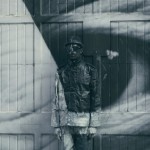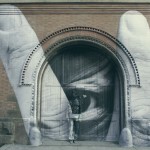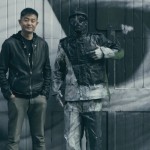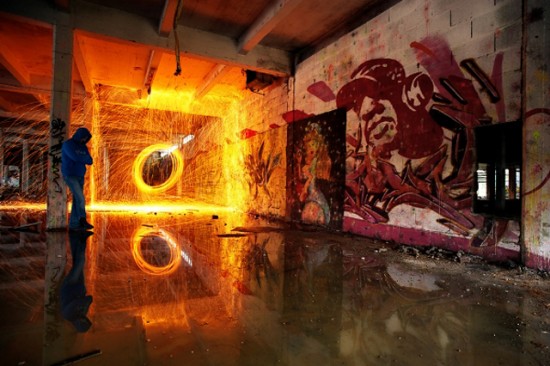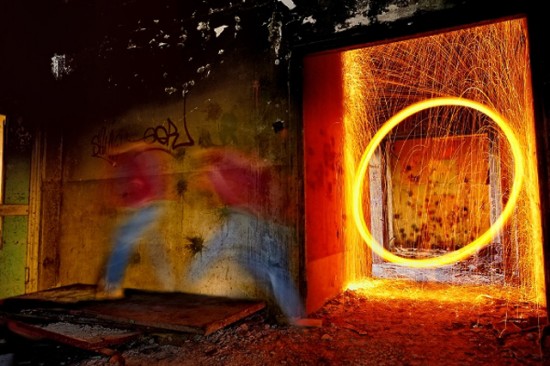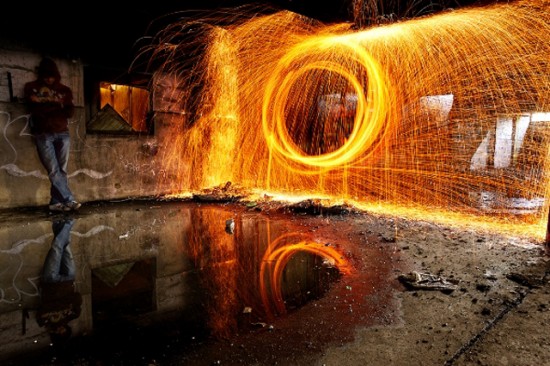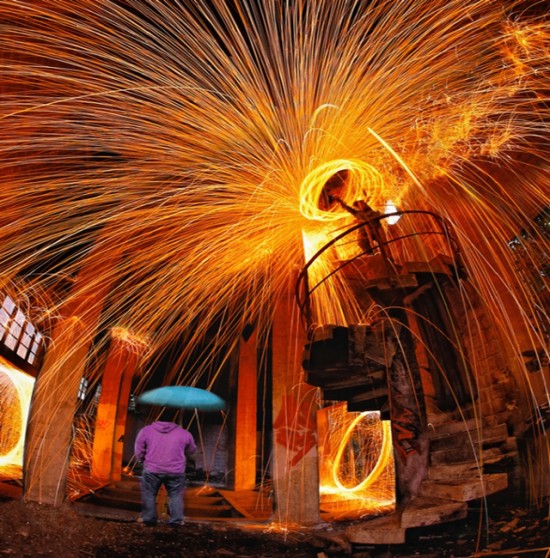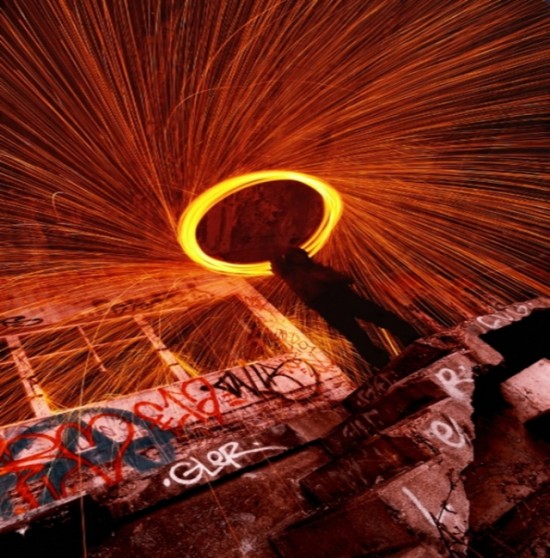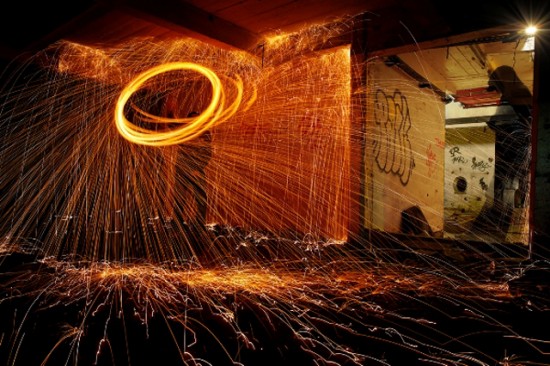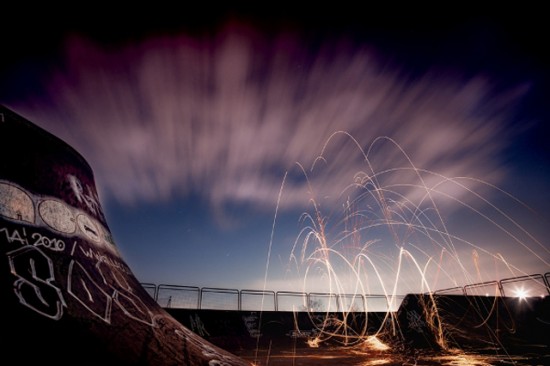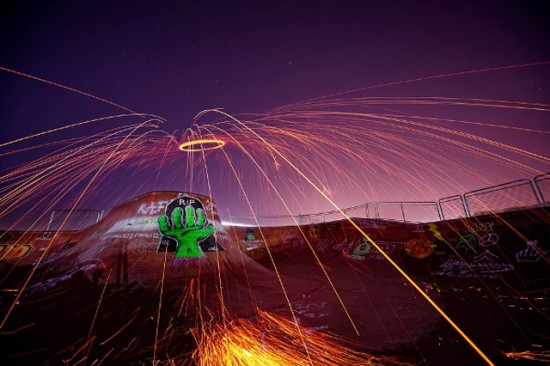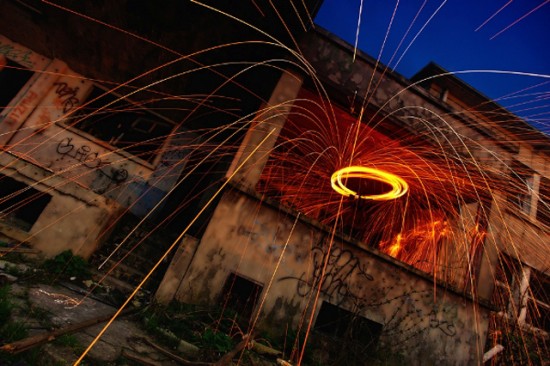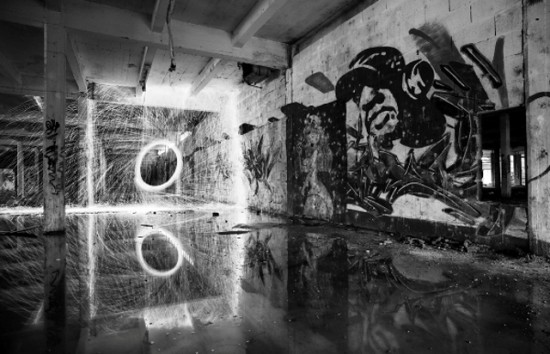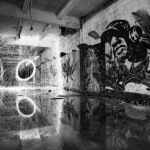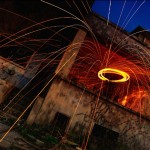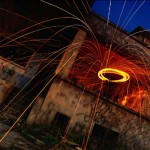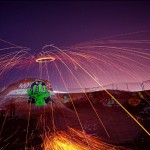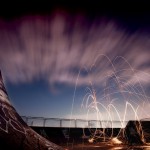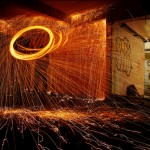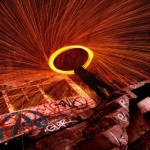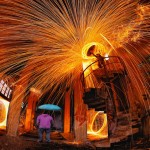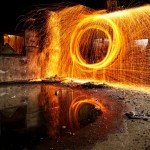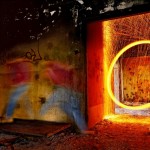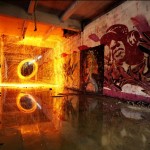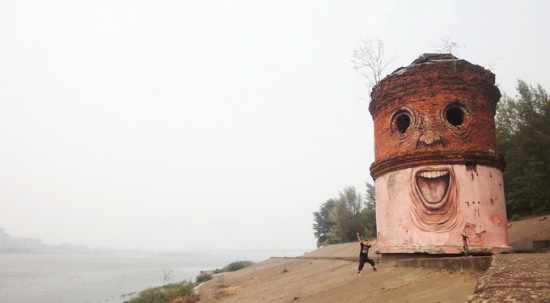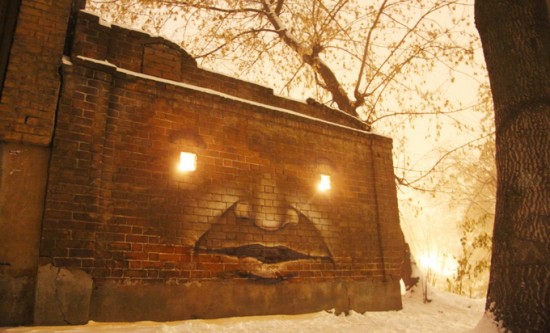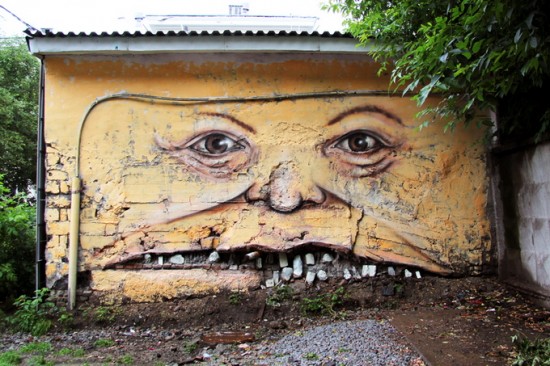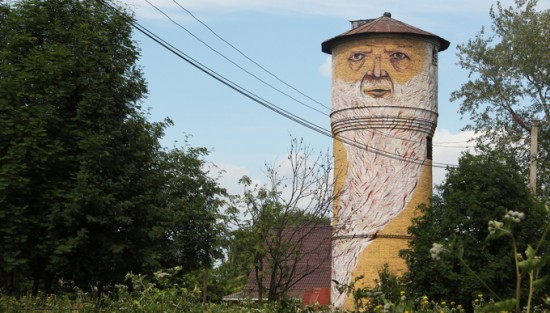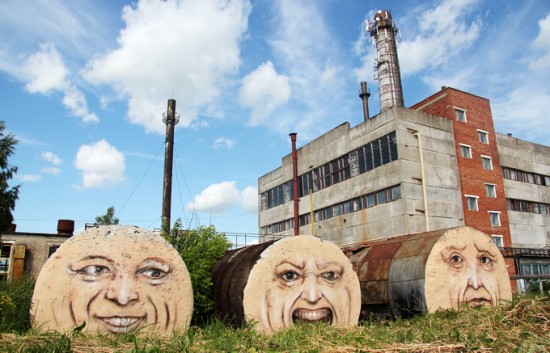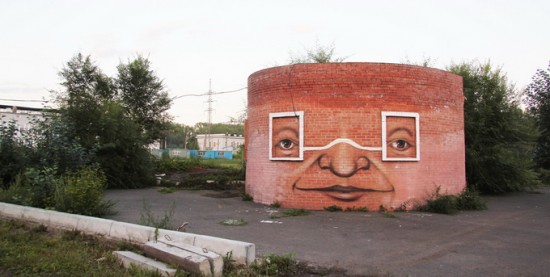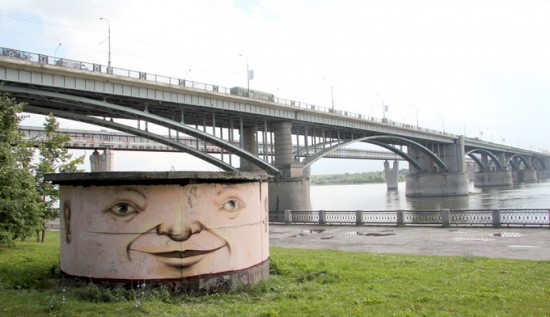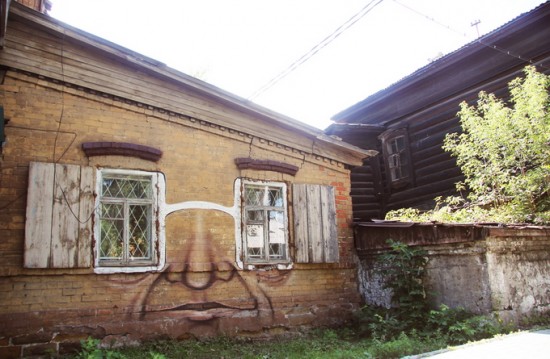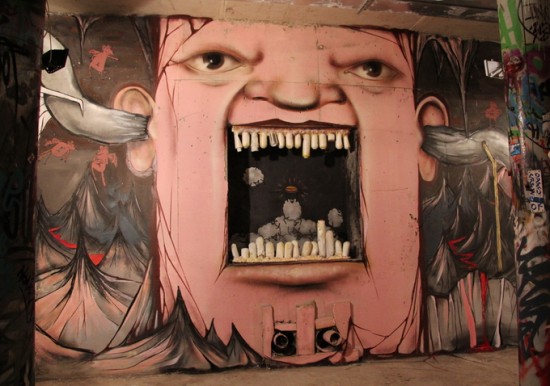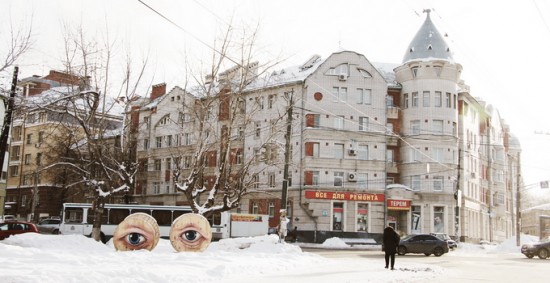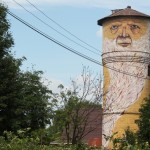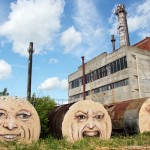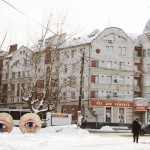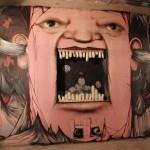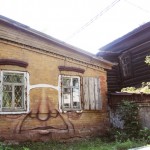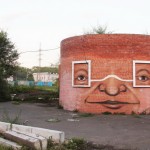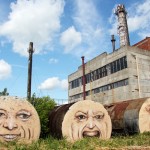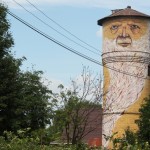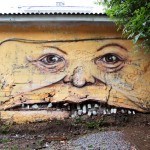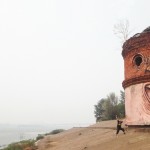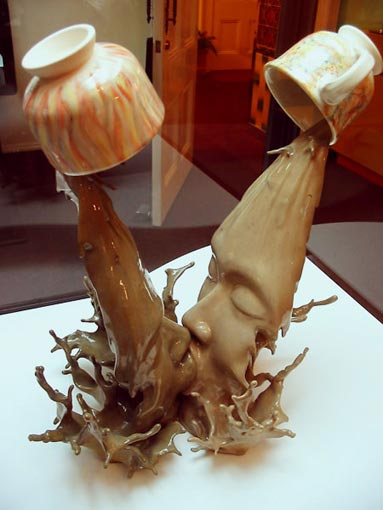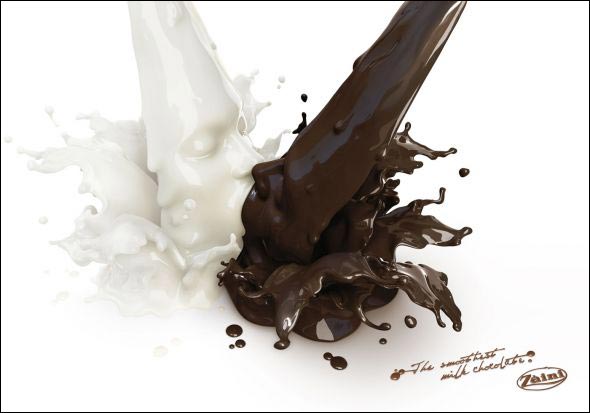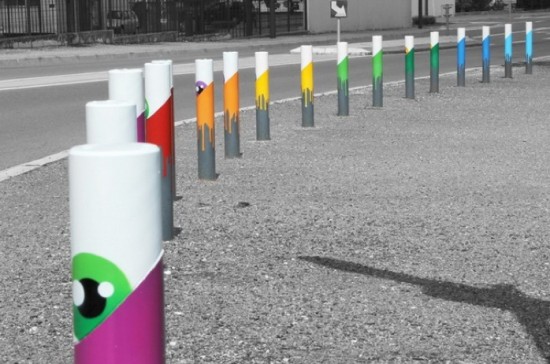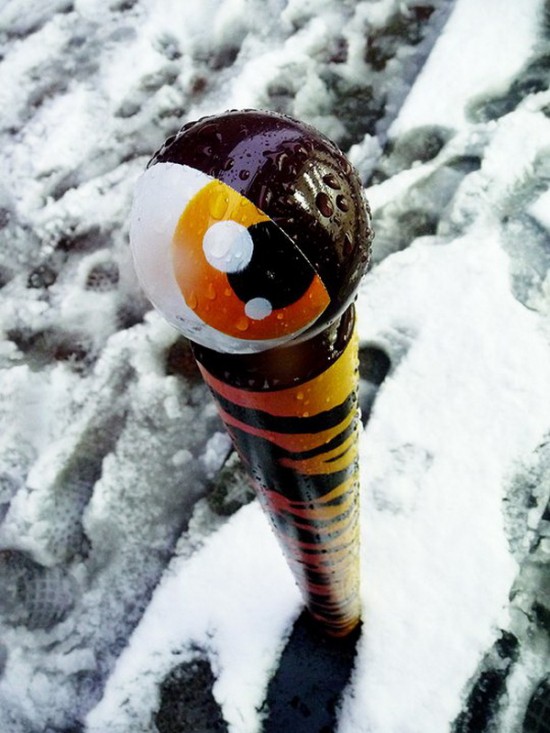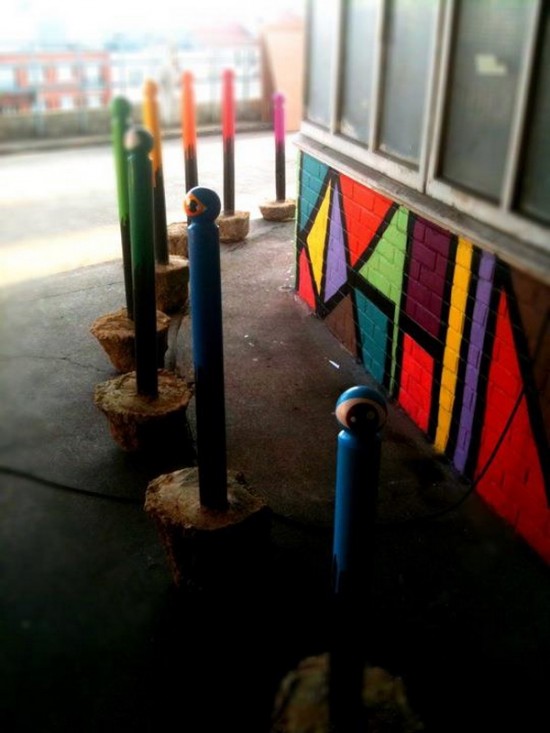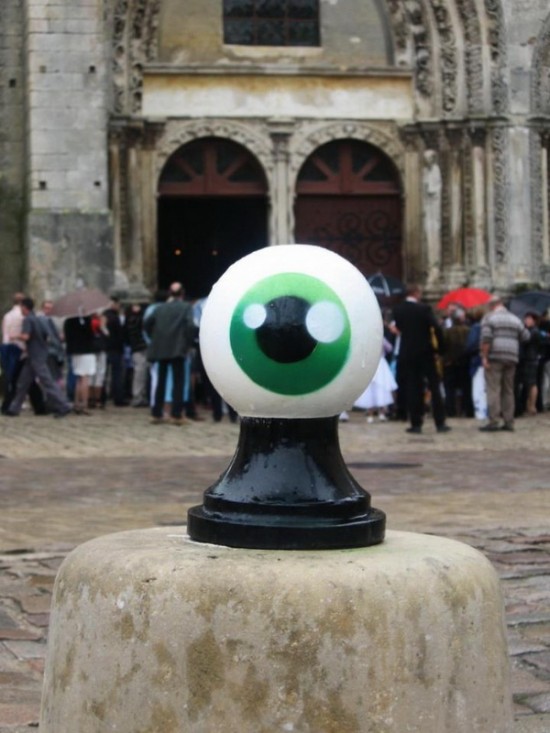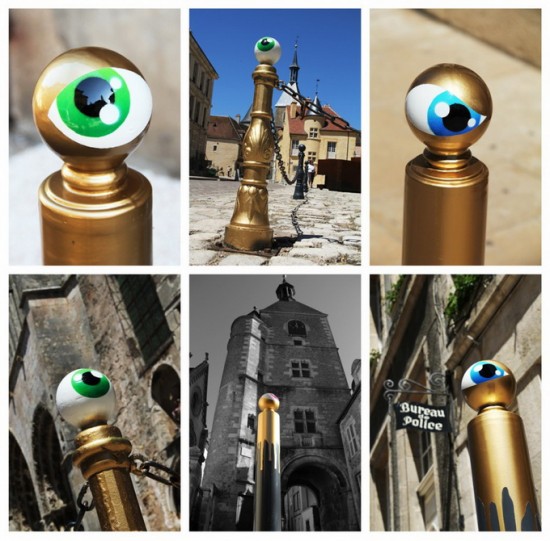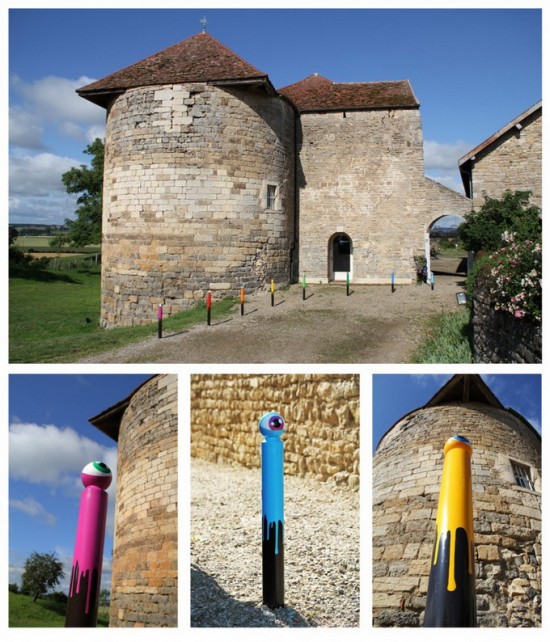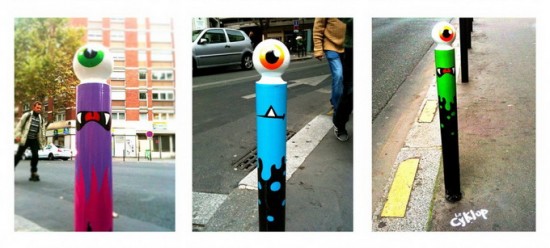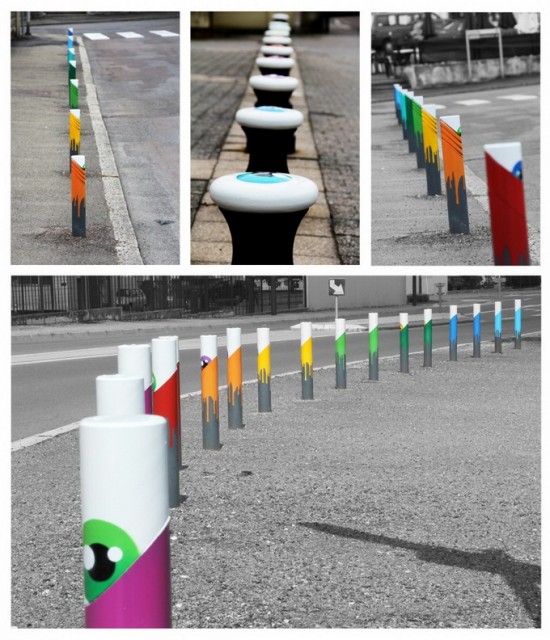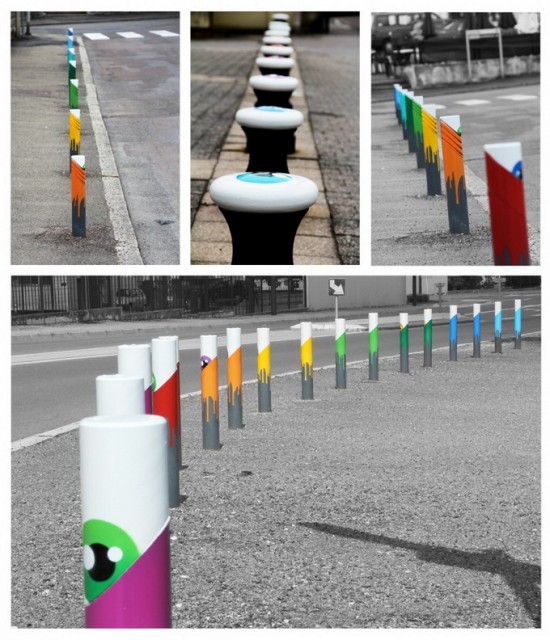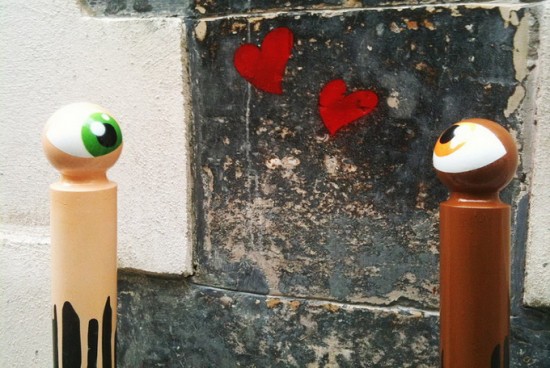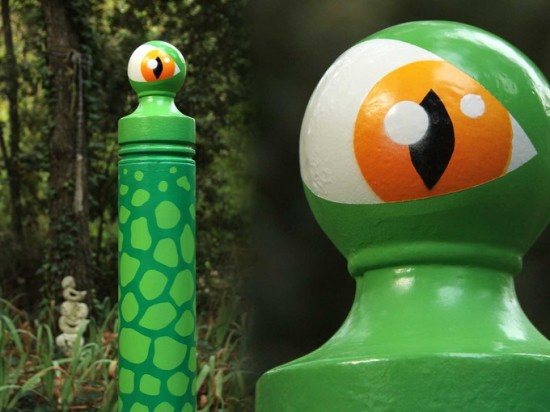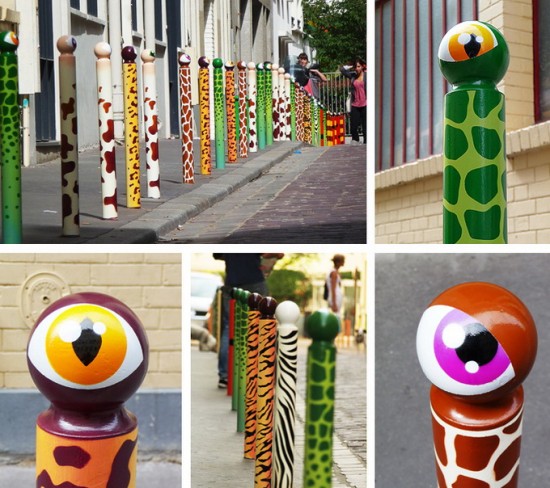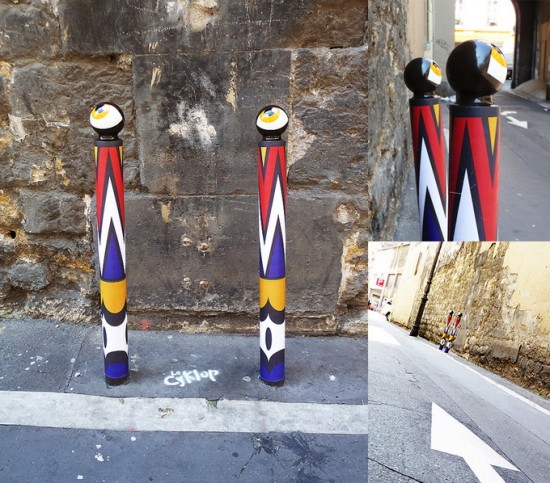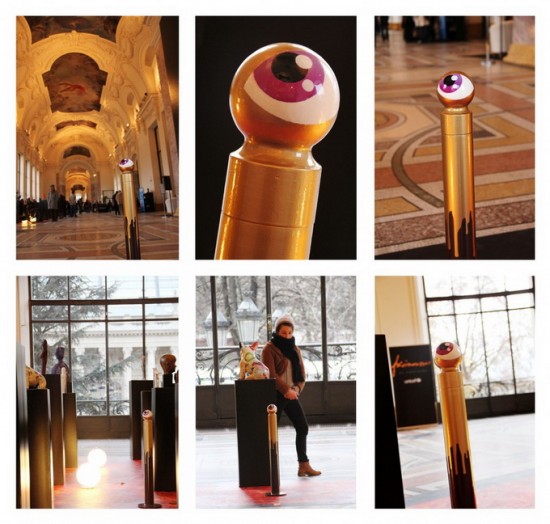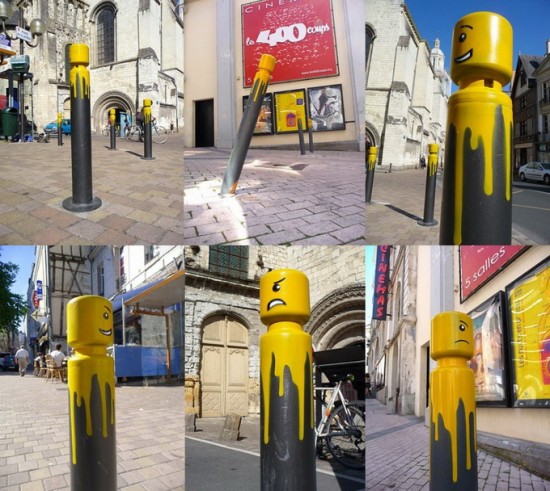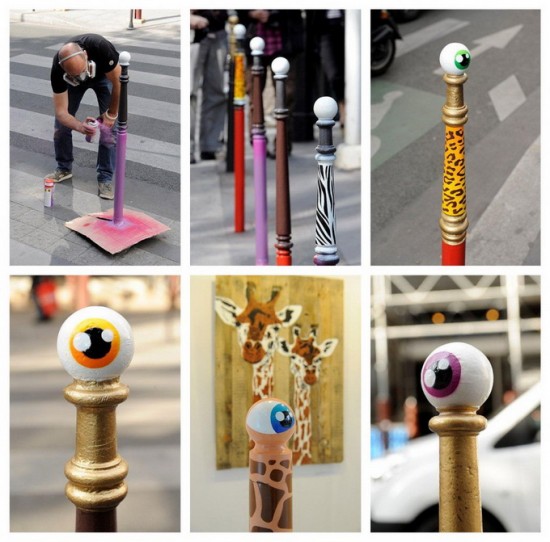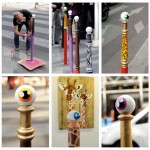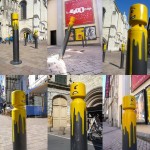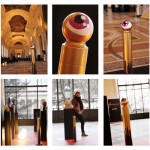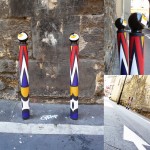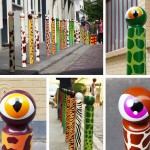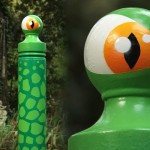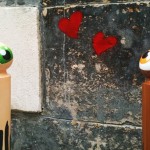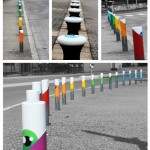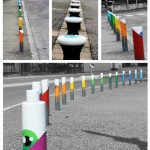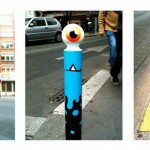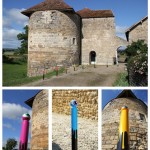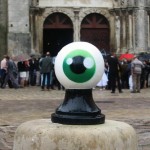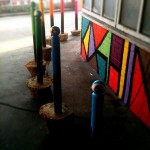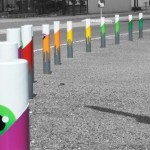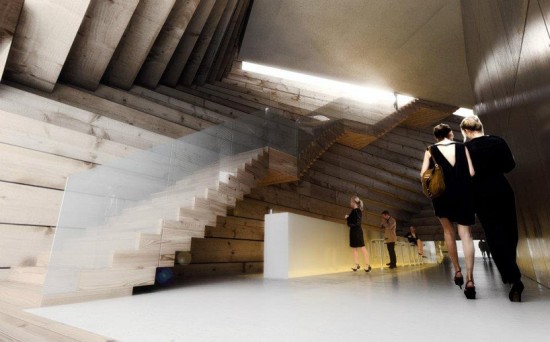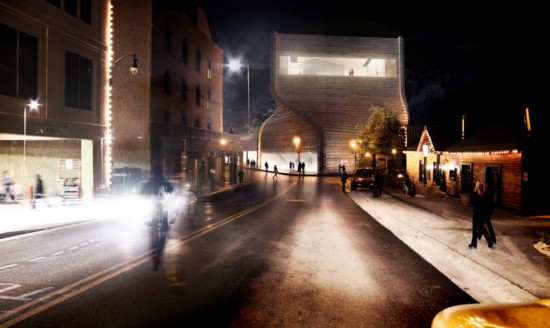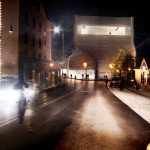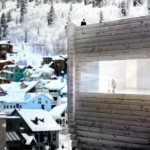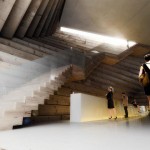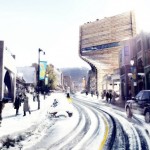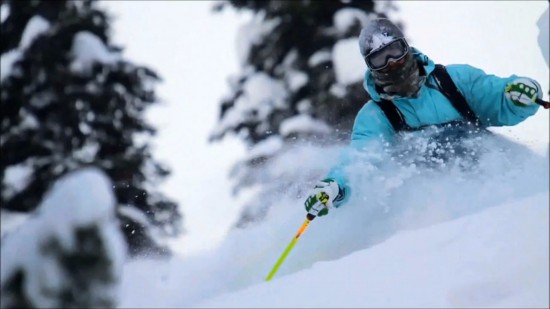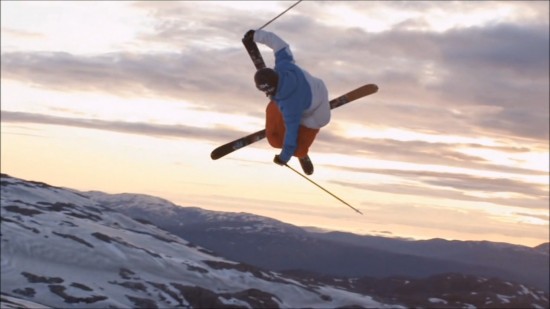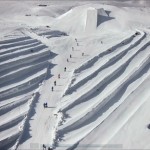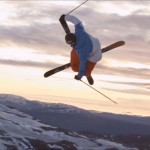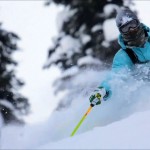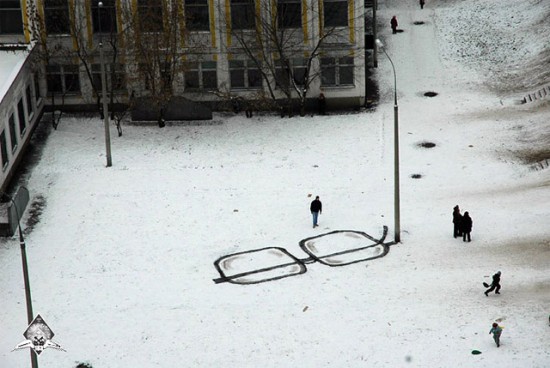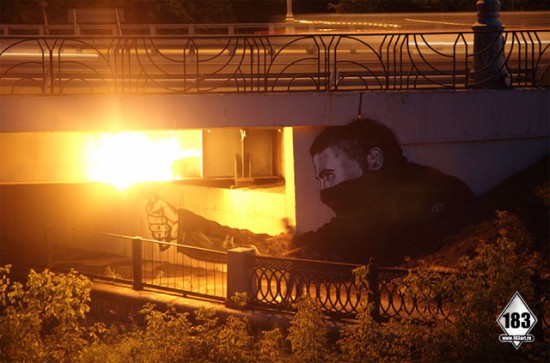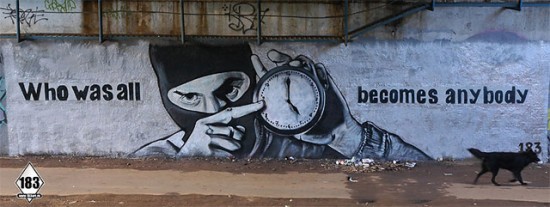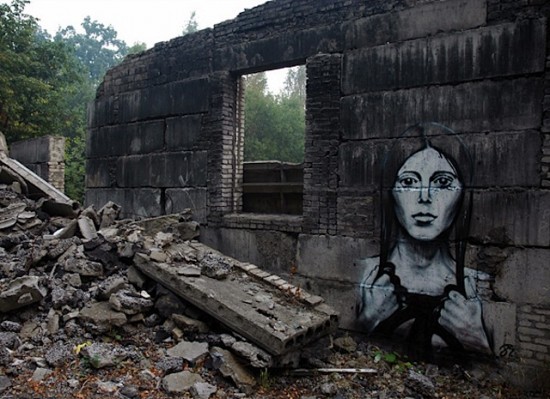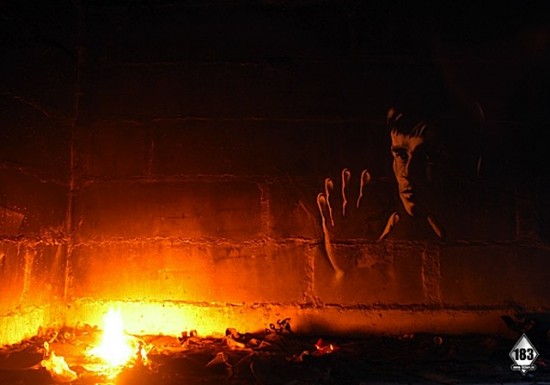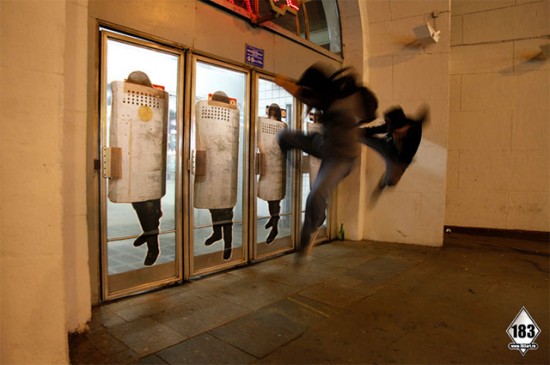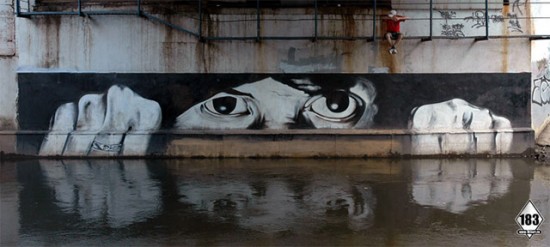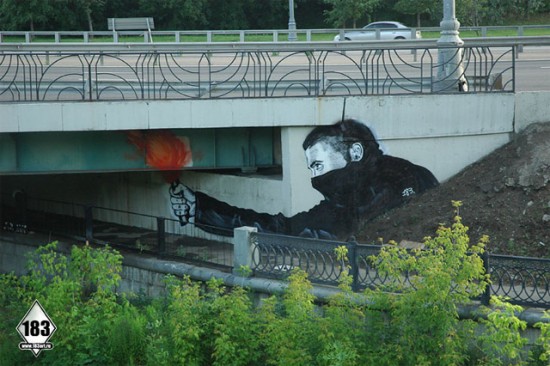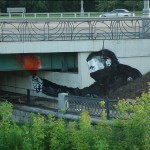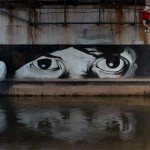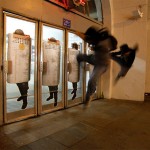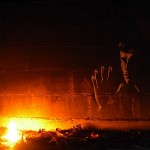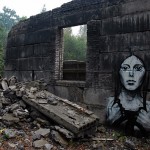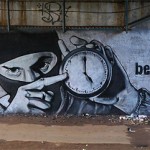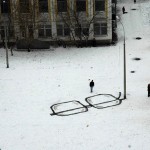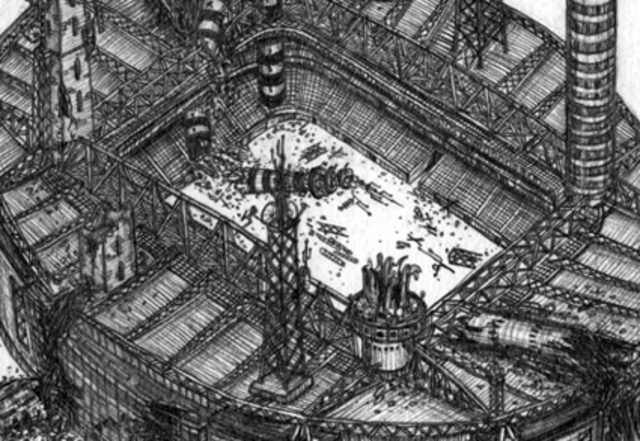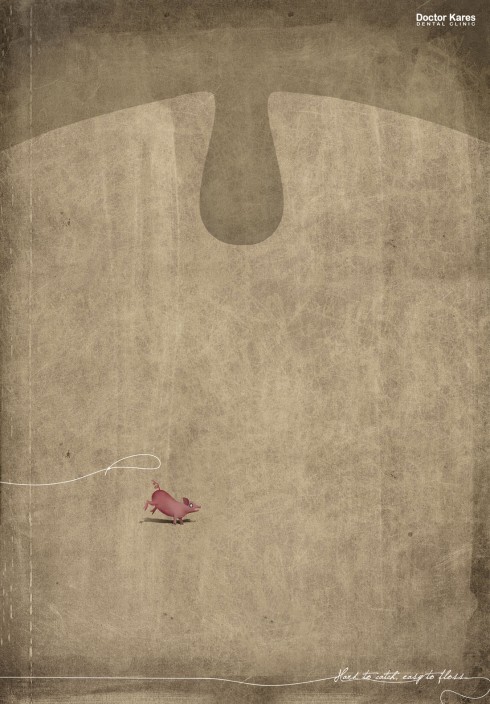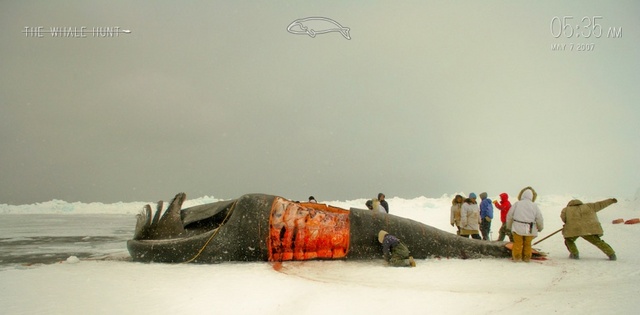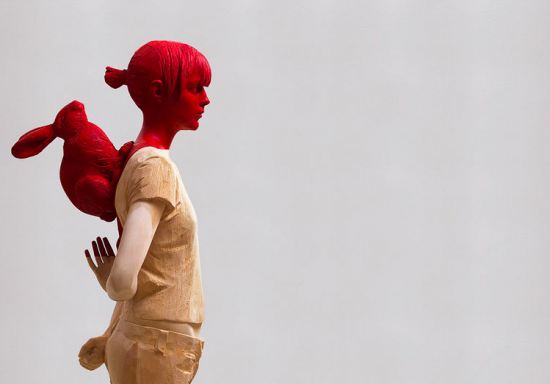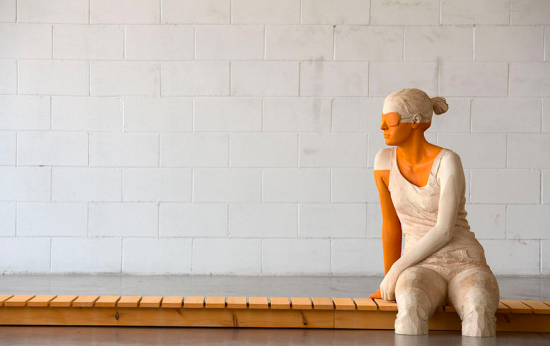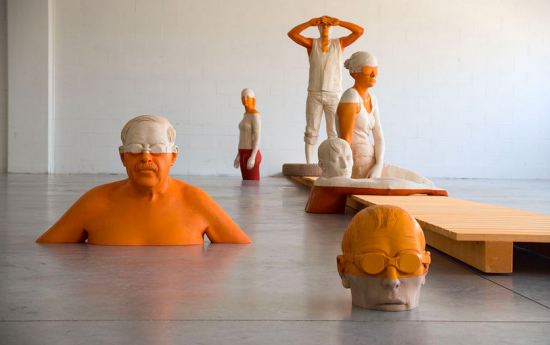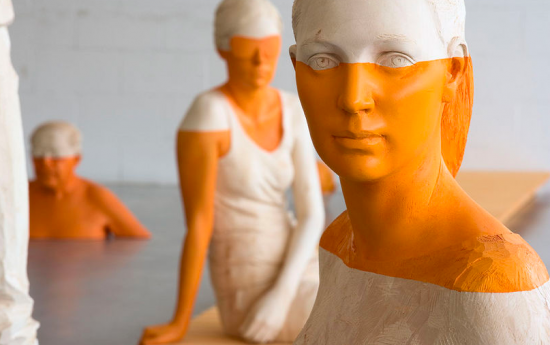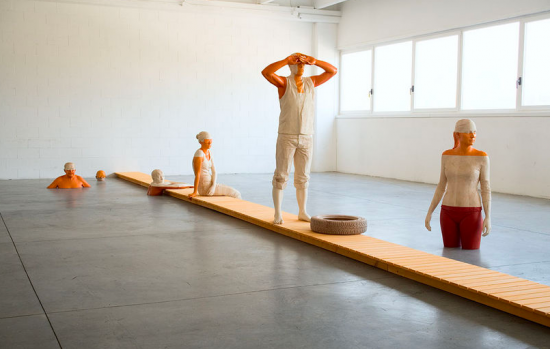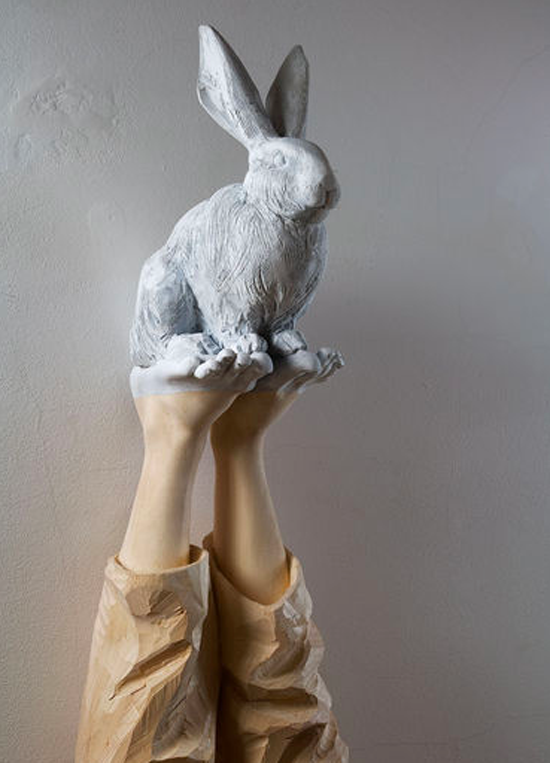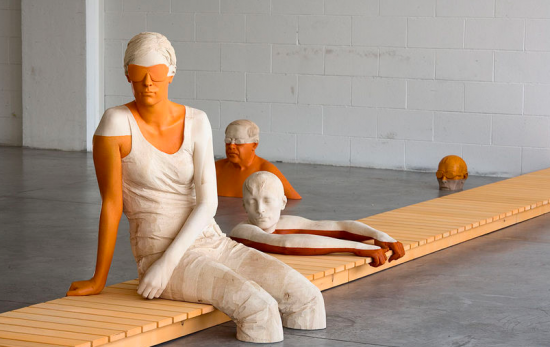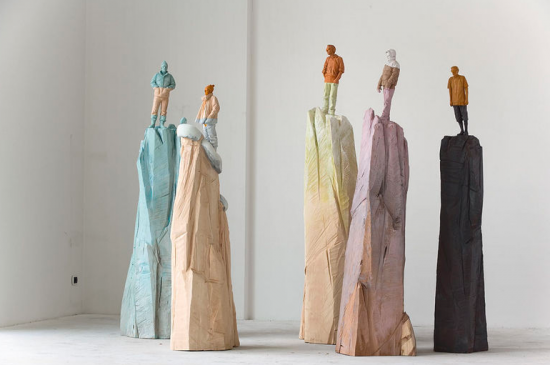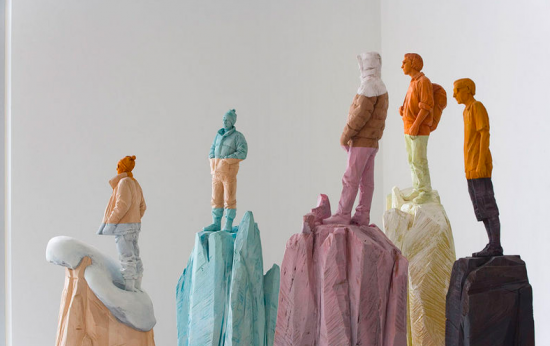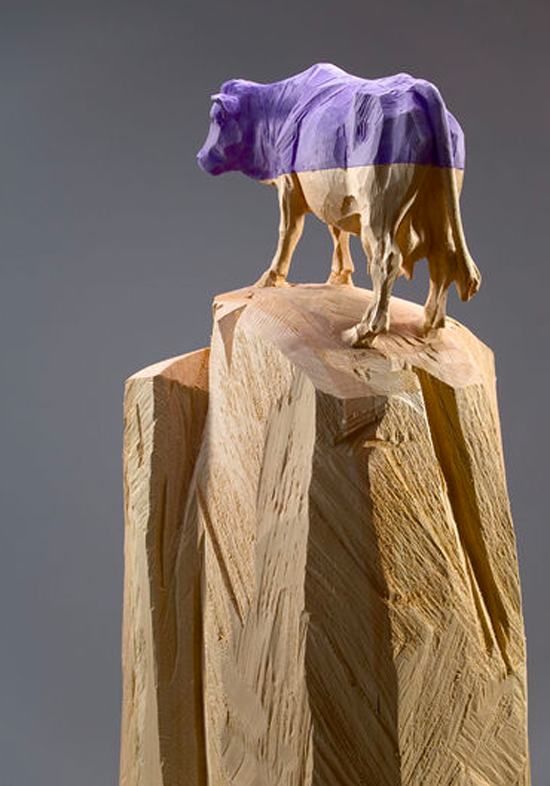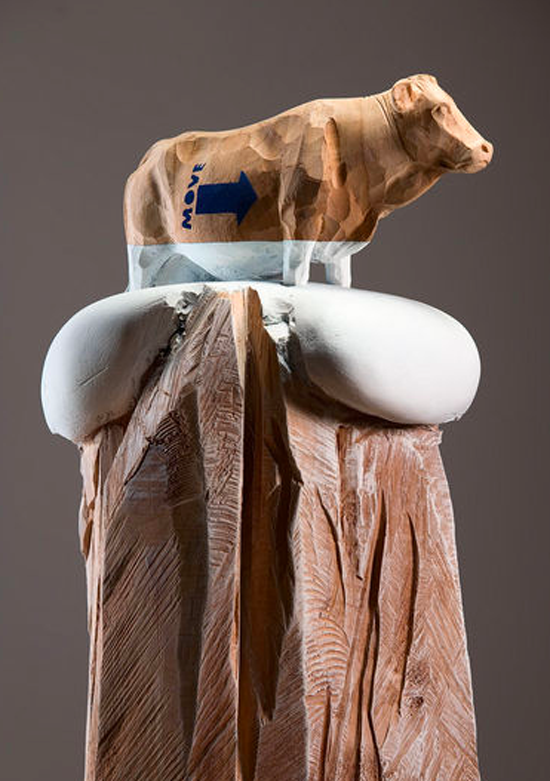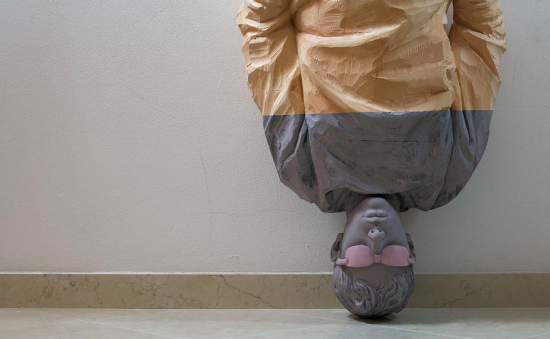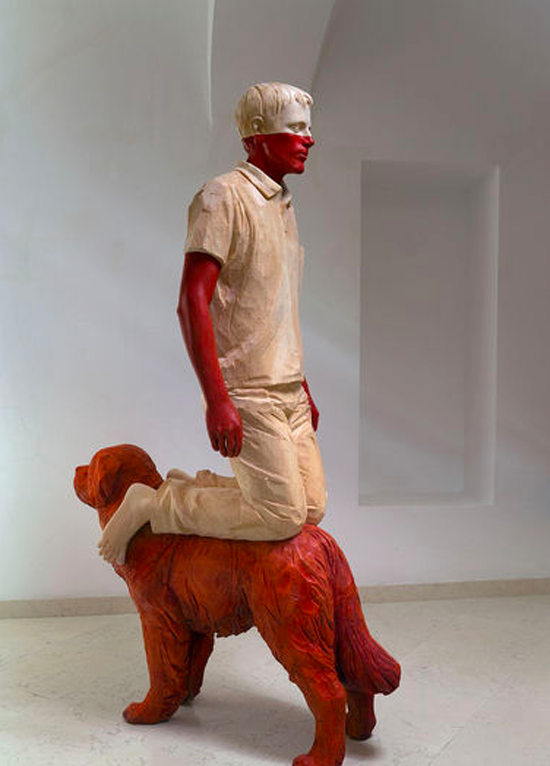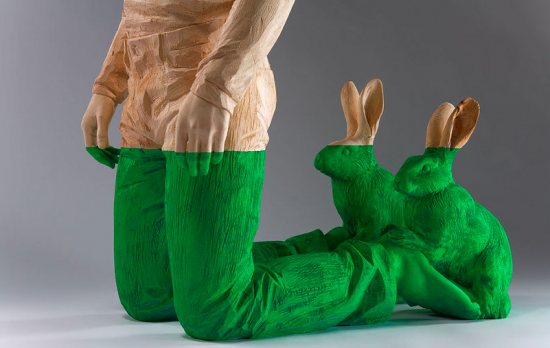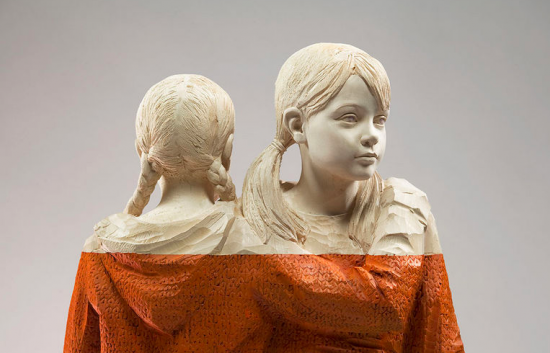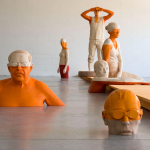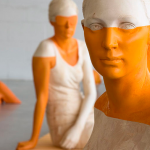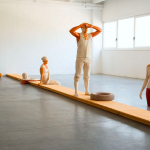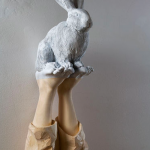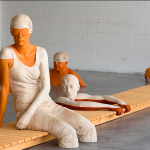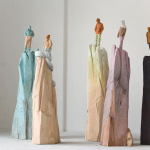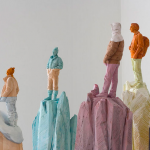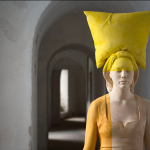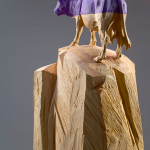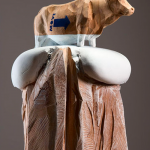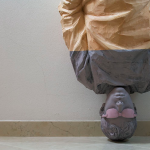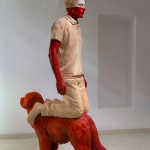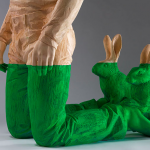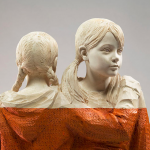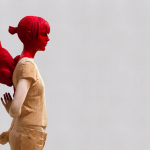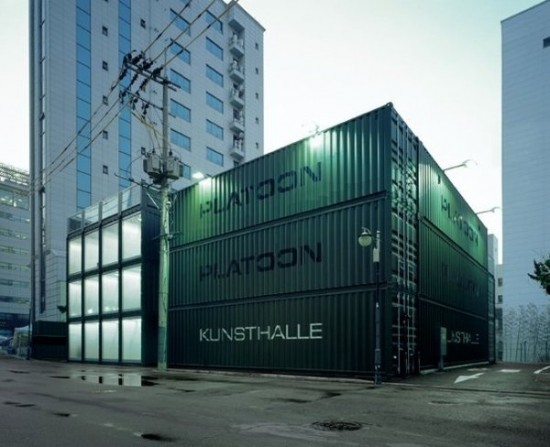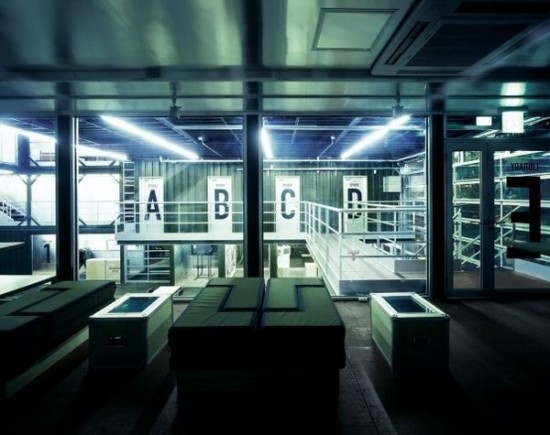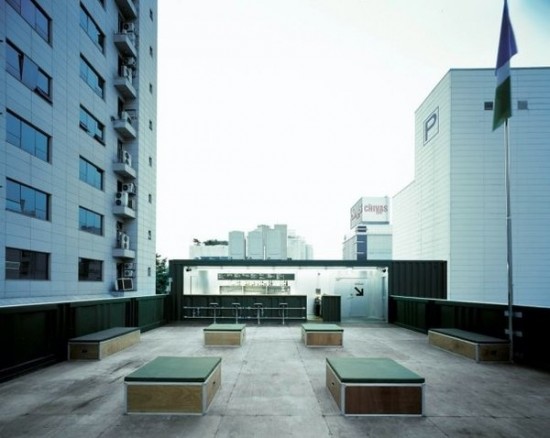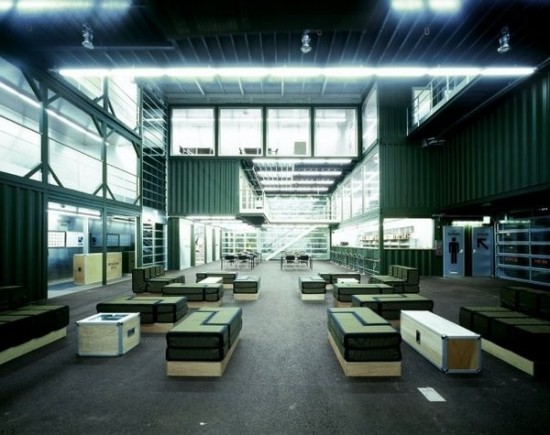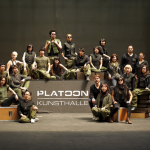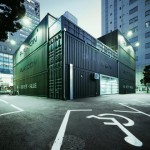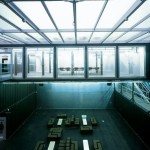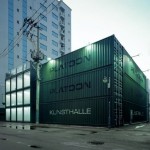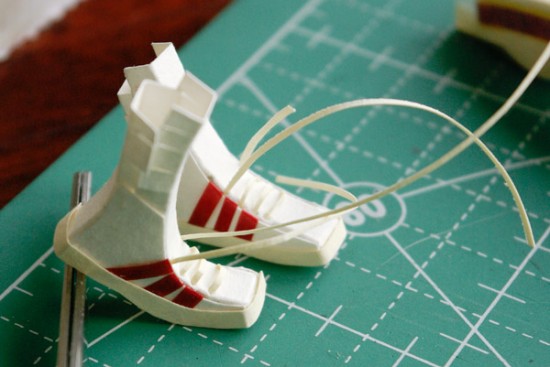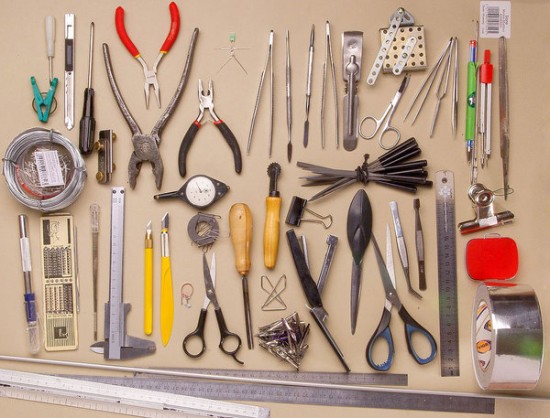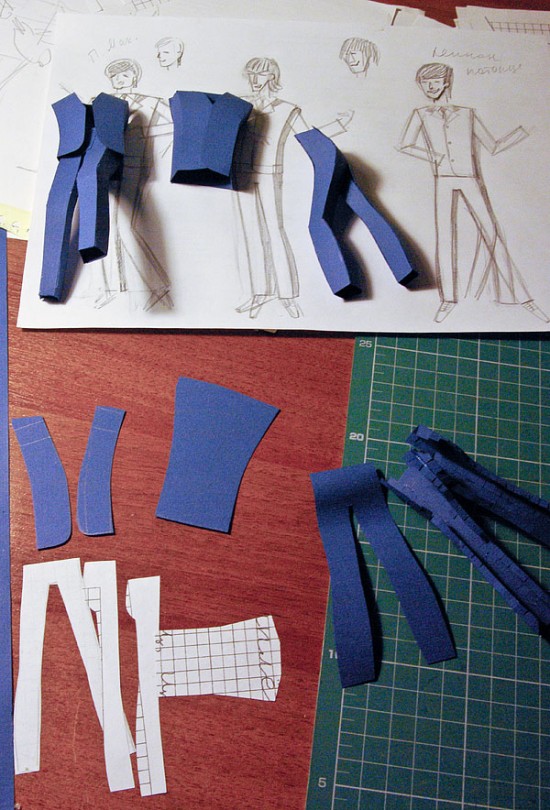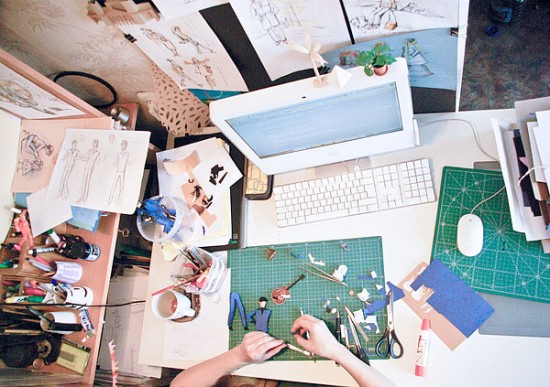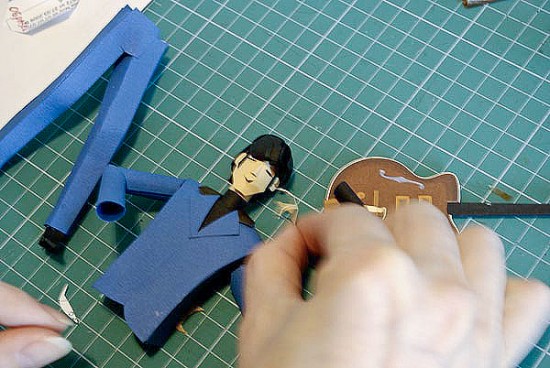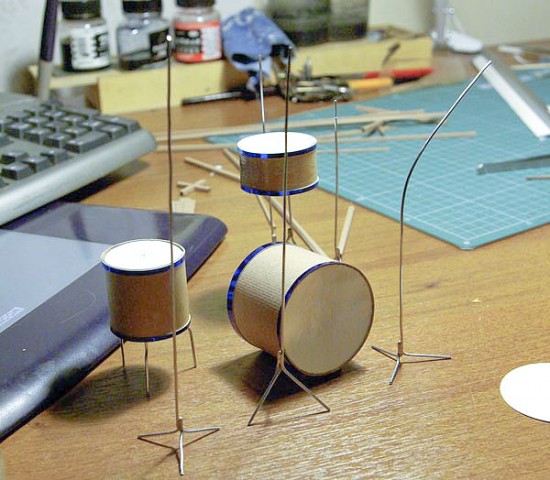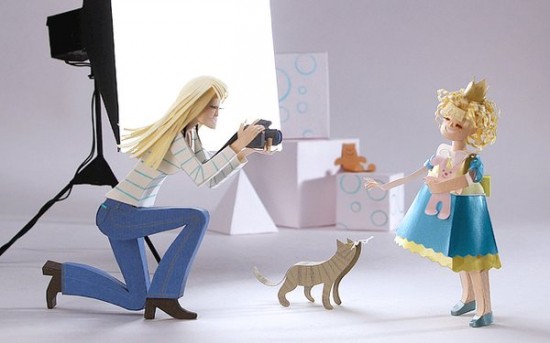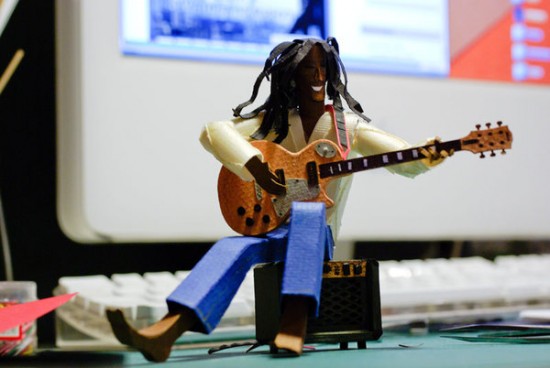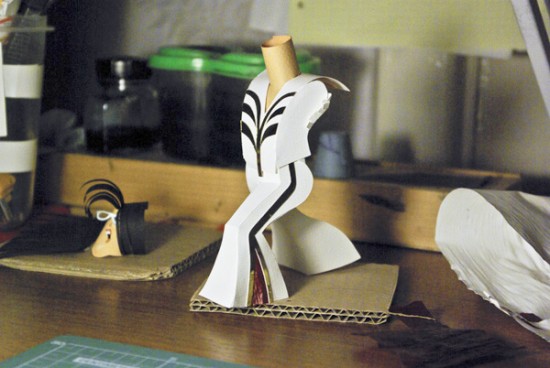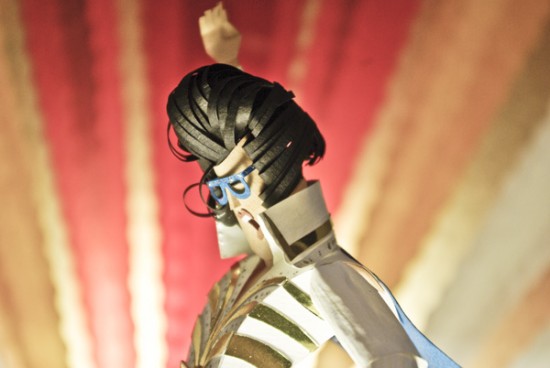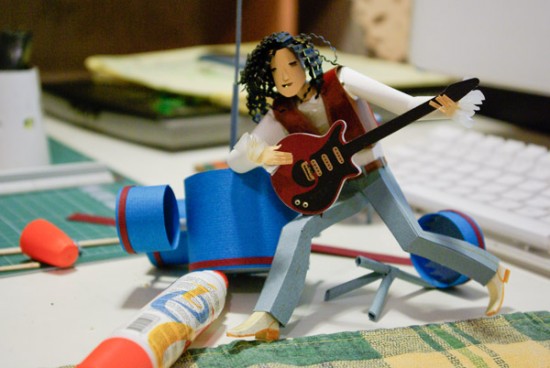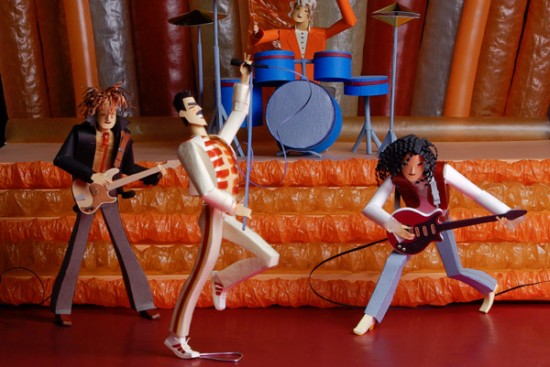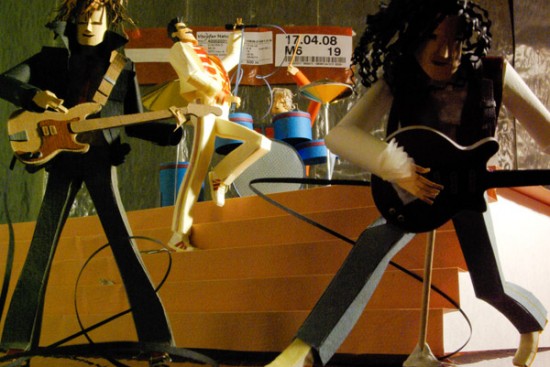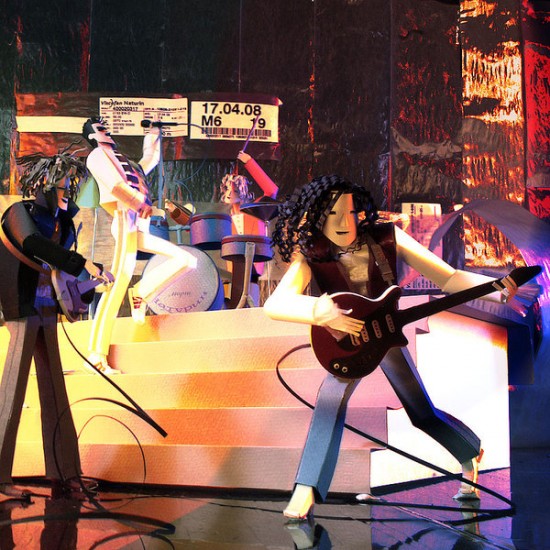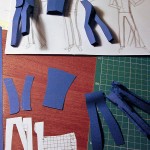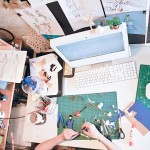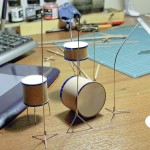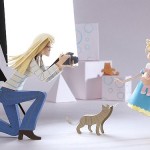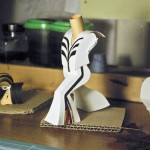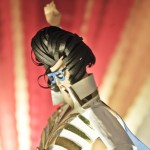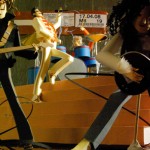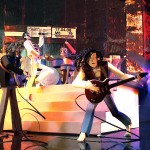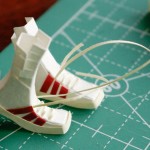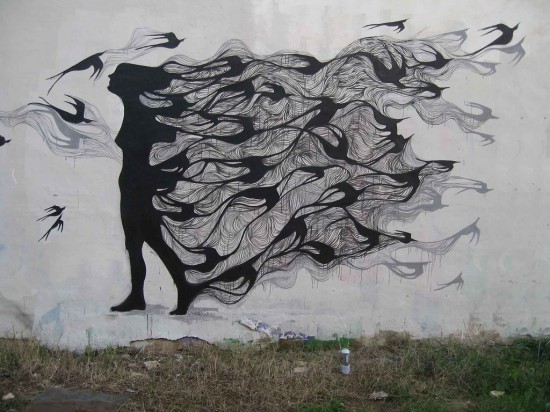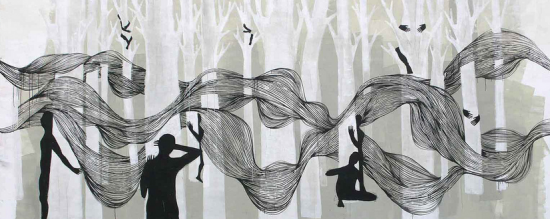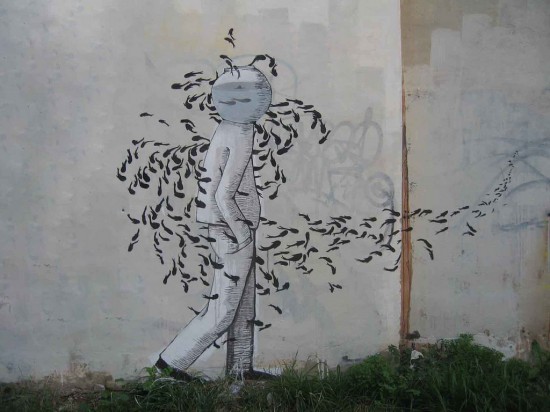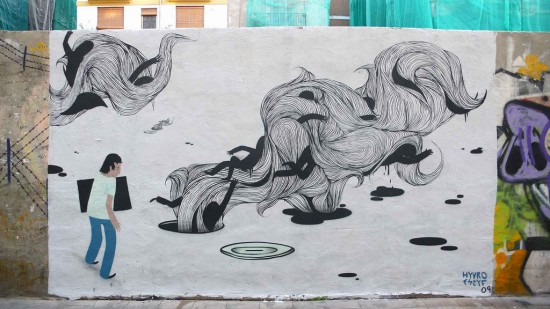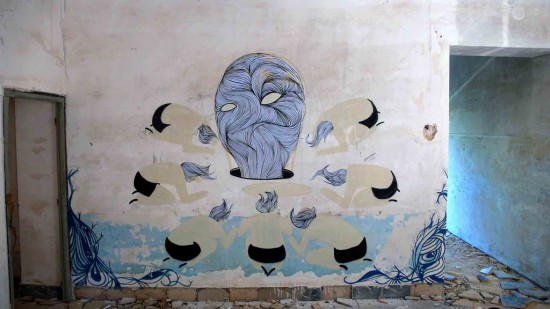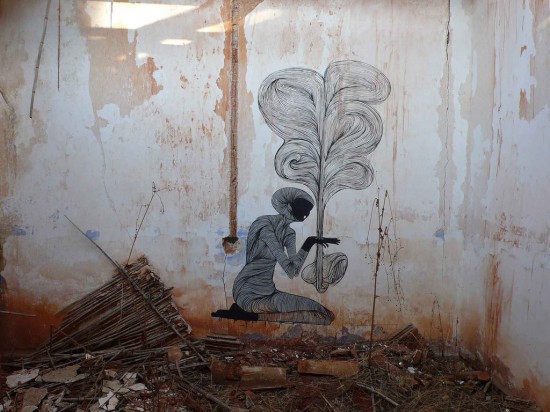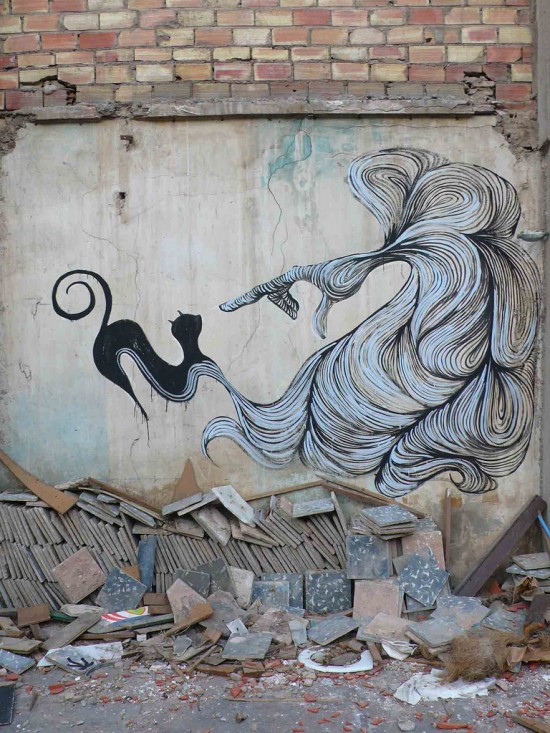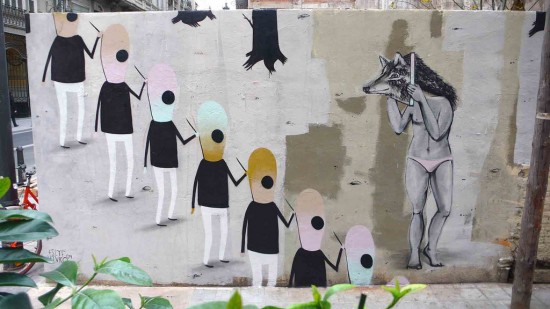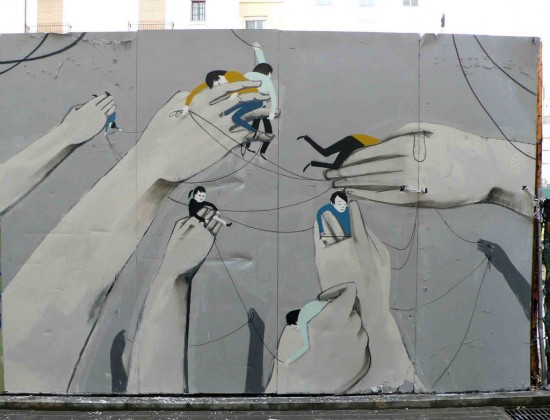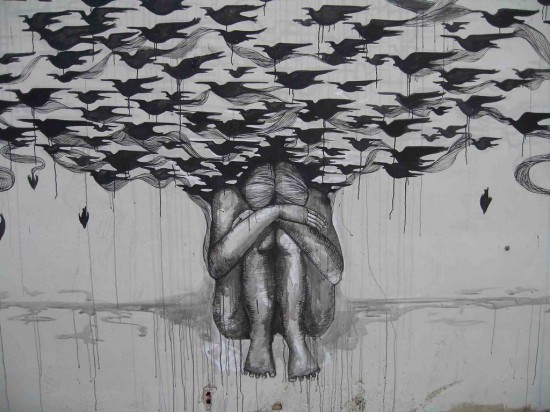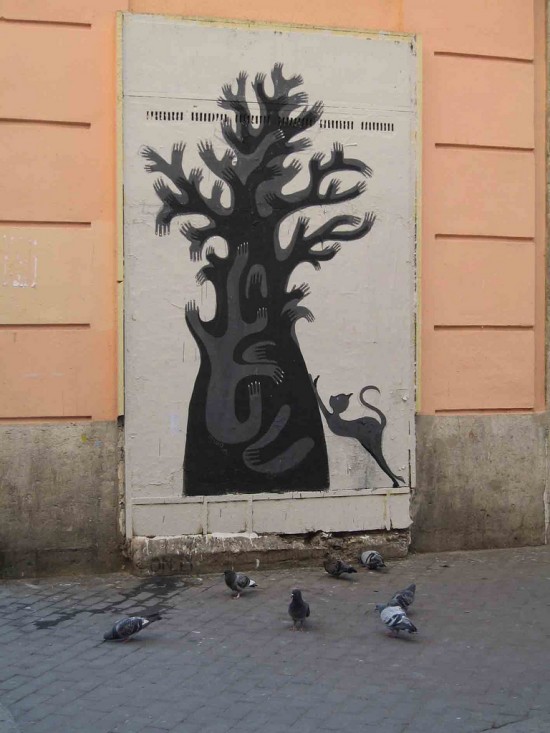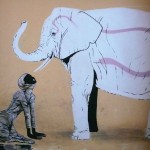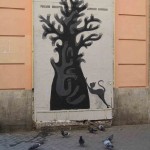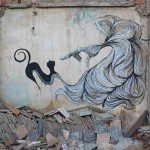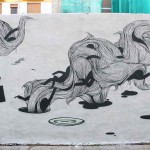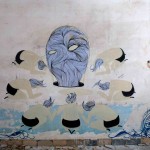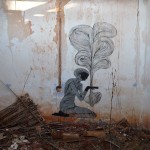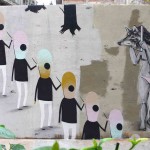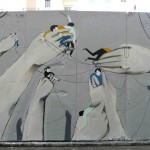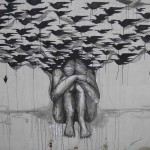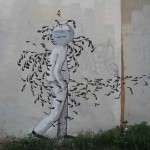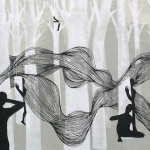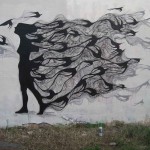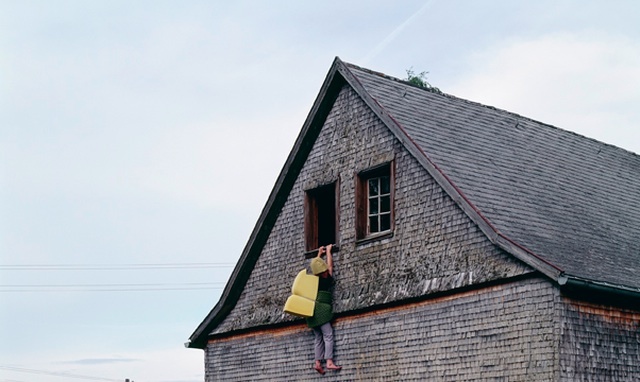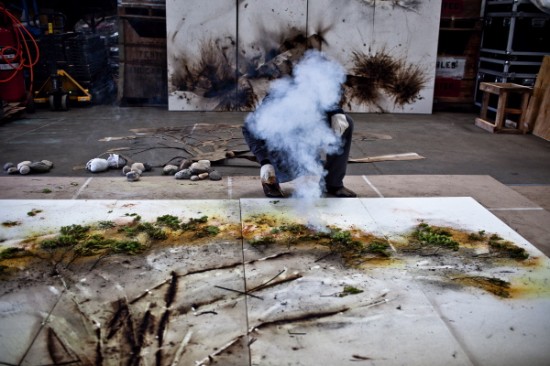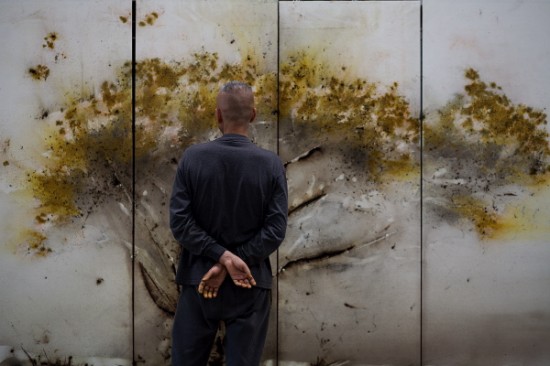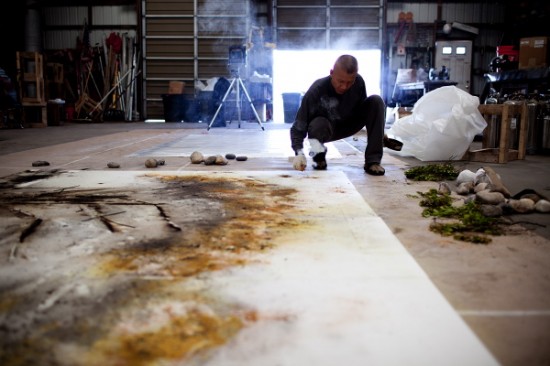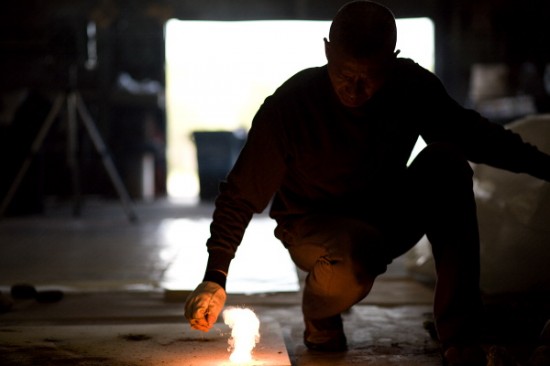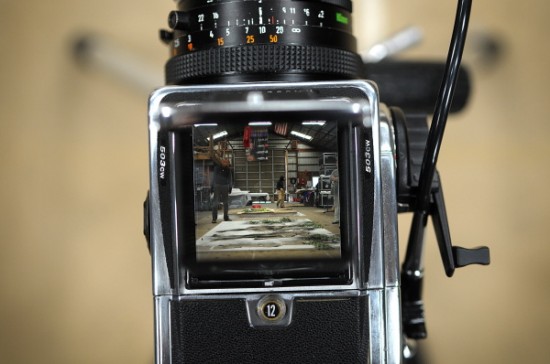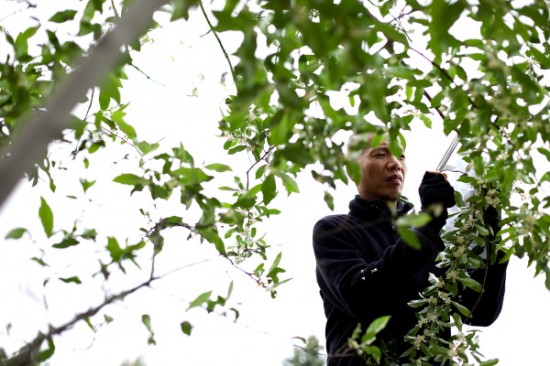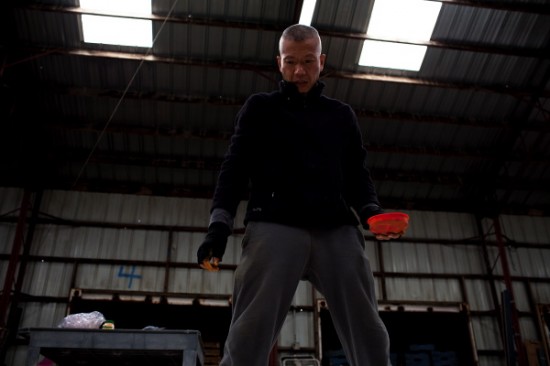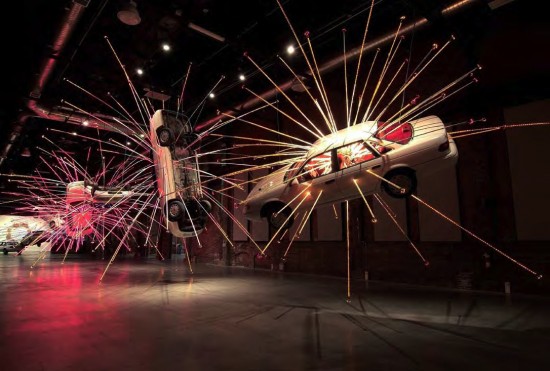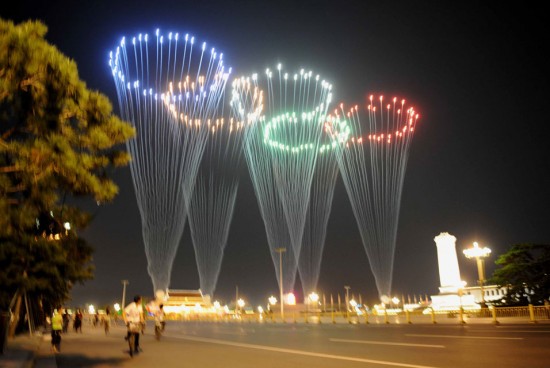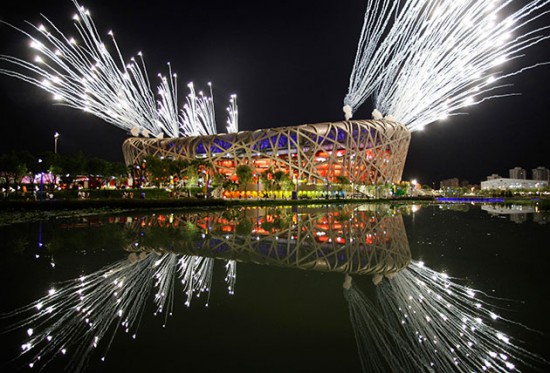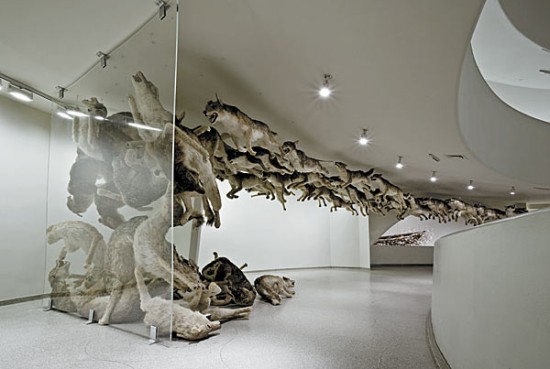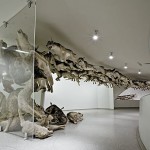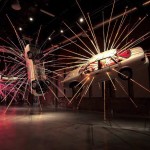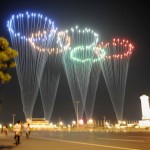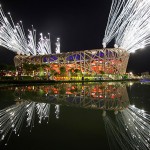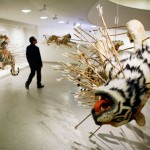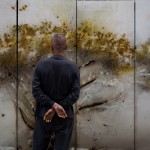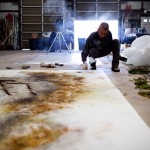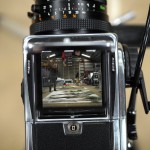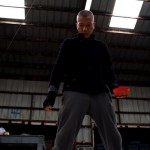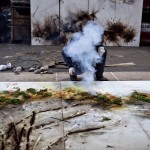Who are the patrons of contemporary art today? The ARTnews 200 Top Collectors list is an obvious place to start. Near the top of the alphabetical list is Roman Abramovich, estimated by Forbes to be worth $13.4 billion.
He has admitted to paying billions in bribes for control of Russian oil and aluminum assets. Bernard Arnault, listed by Forbes as the fourth richest man in the world with $41 billion, controls the luxury goods conglomerate LVMH, which, despite the debt crisis, reported a sales growth of 13 percent in the first half of 2011. Hedge fund manager John Arnold, who got his start at Enron–where he received an $8 million bonus just before it collapsed–recently gave $150,000 to an organization seeking to limit public pensions. MoMA, MoCA and LACMA trustee Eli Broad is worth $5.8 billion and was a board member and major shareholder of the now notorious AIG. Steven A. Cohen, estimated to be worth $8 billion, is the founder of SAC Capital Advisors, which is under investigation for insider trading. Guggenheim trustee Dimitris Daskalopoulos, who is also chairman of the Hellenic Federation of Enterprises, recently called for a “modern private initiative” to save the failing Greek economy from a “bloated and parasitic” “patronage-ridden state.” Another Guggenheim trustee, David Ganek, recently shut down his $4 billion Level Global hedge fund after an FBI raid.

$399.95
$$$$$$$$$$$$$$$
Soccer Ball, 2003
TAKASHI MURAKAMI
Noam Gottesman and former partner Pierre Lagrange (also on the ARTnews list) earned £400 million each on the sale of their hedge fund GLG in 2007, making them “among the world’s biggest winners from the credit crunch,” according to the Sunday Times. Hedge fund manager Kenneth C. Griffin supported Obama in 2008 but recently gave $500,000 to a political action committee created by former Bush adviser Karl Rove and was also seen at a meeting of the right-wing-populist Koch Network. Andrew Hill’s $100 million in compensation in 2009 led Citigroup to sell its Philbro division, where he was the top trader, after pressures from regulators to curtail his pay on the heels of Citigroup’s receipt of $45 billion in US federal bailout funds (he subsequently moved the company offshore). Damien Hirst, estimated by the Sunday Times to be worth £215 million, is one of a handful of artists who have now made rich-lists alongside their patrons. Peter Kraus collected $25 million for just three months’ work when his exit package was triggered by Merrill Lynch’s sale to Bank of America with the help of US federal funds. Henry Kravis’s income in 2007 was reported to be $1.3 million a day. His wife, economist Marie-Josée Kravis, who is MoMA’s president and a fellow at the neoconservative Hudson Institute, recently defended “Anglo-Saxon capitalism” against “Europe’s ‘social capitalist politics’” in Forbes.com. Daniel S. Loeb, a MoCA trustee and founder of the $7.8 billion hedge fund Third Point, sent a letter to investors attacking Obama for “insisting that the only solution to the nation’s problems … lies in the redistribution of wealth.” Dimitri Mavrommatis, the “Swiss-based” Greek asset manager, paid £18 million for a Picasso at Christie’s on June 21, 2011, while Greeks were rioting against austerity measures. And of course, there is Charles Saatchi, who helped elect Margaret Thatcher. The firm of MoMA chairman Jerry Speyer defaulted on a major real estate investment in 2010, losing $500 million for the California State Pension Fund and up to $2 billion in debt secured by US federal agencies. Reinhold Würth, worth $5.7 billion, has been fined for tax evasion in Germany and compared taxation to torture. He recently acquired Virgin of Mercy by Hans Holbein the Younger, paying the highest price ever for an artwork in Germany and outbidding the Städelsche Kunstinstitut in Frankfurt/Main, where the painting had been on display since 2003.

$912,000
$$$$$$$$$$$$$$$
Untitled, 1990
ROBERT GOBER
In the midst of an economic crisis, the art world is experiencing an ongoing market boom which has been widely linked to the rise of High Net Worth Individuals (HNWI) and Ultra-HNWIs (people worth over $1 million or $30 million respectively), particularly from the financial industry. A recent report by Art+Auction even celebrated indicators that these groups were rebounding from their 2008 dip to precrisis wealth. Until recently, however, there has been very little discussion of the obvious link between the art world’s global expansion and rising income disparity. A quick look the Gini index, a measure of income inequality, shows that the countries with the most significant art booms of the past two decades have also experienced the steepest rise in inequality: the United States, Britain, China and India. Further, recent economic research has established a direct connection between skyrocketing art prices and income inequality, showing that “a one percentage point increase in the share of total income earned by the top 0.1% triggers an increase in art prices of about 14 percent.” It is now painfully obvious that what has been extraordinarily good for the art world over the past decades has been disastrous for the rest of the world.
In the United States it is difficult to imagine any arts organization or practice that can escape the economic structures and policies that have produced this inequality. The private nonprofit model–which almost all US museums as well as alternative art organizations exist within–is dependent on wealthy donors and has its origins in the same ideology that led to the current global economic crisis: that private initiatives are better suited to fulfill social needs than the public sector and that wealth is best administered by the wealthy. Even outside of institutions, artists engaged in community-based and social practices that aim to provide public benefit in a time of austerity simply may be enacting what George H. W. Bush called for when he envisioned volunteers and community organizations spreading like “a thousand points of lights’ in the wake of his rollback in public spending.
Progressive artists, critics and curators face an existential crisis: how can we continue to justify our involvement in this art economy? At minimum, if our only choice is to participate or to abandon the art field entirely, we can stop rationalizing that participation in the name of critical or political art practices or–adding insult to injury–social justice. Any claim that we represent a progressive social force while our activities are directly subsidized by, and benefit from, the engines of inequality can only contribute to the justification of that inequality. The only true “alternative” today is to recognize our participation in this economy and confront it in an open, direct and immediate way in all of our institutions, including museums and galleries and publications. Despite the radical political rhetoric that abounds in the art world, censorship and self-censorship reign when it comes to confronting our economic conditions, except in marginalized (often self-marginalized) arenas where there is nothing to lose–and little to gain–in speaking truth to power.

$1,300,000
$$$$$$$$$$$$$$$
The most expensive photograph in the world
Larmes tears, 1932
MAN RAY
Indeed the duplicity of progressive claims in art may contribute to the suspicion that progressive politics is just a ruse of educated elites to preserve their privilege. In our case, this may be true. Increasingly it seems that politics in the art world is largely a politics of envy and guilt, or of self-interest generalized in the name of a narrowly conceived and privileged form of autonomy, and that artistic “critique” most often serves not to reveal but to distance these economic conditions and our investment in them. As such, it is a politics that functions to defend against contradictions that might otherwise make our continued participation in the art field, and access to its considerable rewards–which have ensconced many of us comfortably among the 10 percent, if not the 1 percent or even the 0.1 percent–unbearable.
A broad-based shift in art discourse may help precipitate a long overdue splitting off of the market-dominated subfield of galleries, auction houses, and art fairs. If a turn away from the art market means that public museums contract and ultra-wealthy collectors create their own privately controlled institutions, so be it. Let these private institutions be the treasure vaults, theme-park spectacles and economic freak shows that many already are. Let the market-dominated art world become the luxury goods business it already basically is, with what circulates there having as little to do with true art as yachts, jets, and watches. It is time we began evaluating whether artworks fulfill, or fail to fulfill, political or critical claims at the level of their social and economic conditions. We must insist that what art works are economically determines what they mean socially and also artistically.
If we, as curators, critics, art historians and artists, withdraw our cultural capital from these markets, we have the potential to create a new art field where radical forms of autonomy can develop: not as secessionist “alternatives’ that exist only in the grandiose enactments and magical thinking of artists and theorists, but as fully institutionalized structures, which, with the “properly social magic of institutions,’ will be able to produce, reproduce and reward noncommercial values.
Andrea Fraser is an artist and professor in the art department at the University of California–Los Angeles. This is a revised version of an essay originally published in Texte zur Kunst, Issue no. 83, September 2011.

